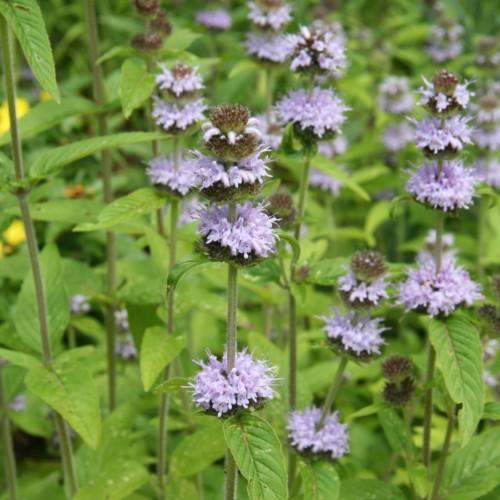
Downy Wood Mint
Blephilia ciliata
Also Known As - Downy Pagoda Plant,Sunny Wood MintWatering:
Frequent
Hardiness Zone:
Sun:
full sun,part shade
Leaf:
Yes
Growth Rate:
Low
Drought Tolerant:
Yes
Salt Tolerant:
Yes
Invasive:
Yes
watering
Meadow Bistort (Bistorta plumosa) should be watered deeply, about once every other week. Water at the base of the plant to avoid wetting the foliage. Make sure the potting mix is completely saturated and any excess water can be allowed to drain. During the summer months, water may be needed more frequently during periods of drought. Be sure to check the soil moisture before watering to ensure that the soil is not overly wet.
sunlight
Meadow Bistort (Bistorta plumosa) is a low-growing, shade-tolerant perennial that typically requires at least 4-6 hours of direct sunlight each day. It is best grown in areas of dappled or part shade, or morning sun with afternoon shade. In areas of extreme heat, Meadow Bistort may appreciate additional shade. This species does not tolerate full, blazing sun for extended periods of time. In cool climates, full sun may be beneficial as long as there is enough organic matter in the soil to retain moisture.
pruning
Meadow Bistort (Bistorta plumosa) should be pruned in late fall or early spring, just as it is beginning to regrow. Pruning should be done carefully, to remove only dying, dead and damaged foliage and stems, but to leave as much healthy foliage and stems as possible in tact. Pruning should only be carried out by experienced gardeners. After pruning, it is essential that the plant be properly fertilized in order to encourage healthy regrowth.
